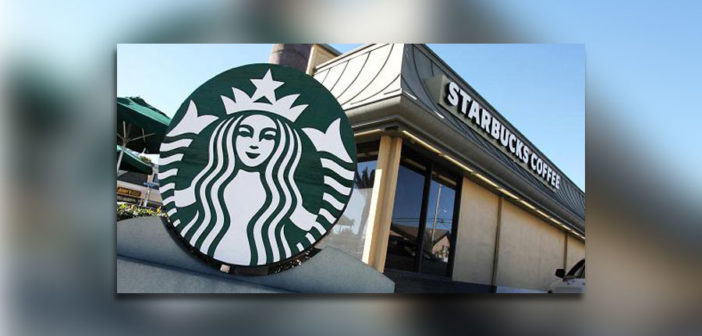Howard Schultz may be stepping back from the CEO role at Starbucks, but not before he nudges the brand away from the dock on its biggest journey ever.
Starbucks now plans to increase the number of its stores by about 50 percent, strengthen its digital and mobile capabilities, add more healthful products, launch a new brand of artisanal bakeries—and, oh yes, all while Schultz personally takes over the company’s effort to build the high-end Roastery brand as he hands the CEO reigns to Kevin Johnson.
In Starbucks’ biennial presentation to investors this week, Schultz said that the brand’s five-year plan is to reach 37,000 units worldwide, up from 25,000 now. And while Schultz painted a picture of a brick-and-mortar retailing universe that is contracting more every day, he explained why he thinks Starbucks can rise above the fray with some of its other initiatives.
“We’re going to see a very major downturn in the fact that the country is ‘over-retailed’ in lots of categories,” he said. But over the past three years, Starbucks has invested “ahead of that curve in all things mobile” and other digital technologies, a capability that will be crucial to its own success and that of other retail brands that want to make it through.
“In a world where people are spending much more time on their phone, on their desktop, on their iPad, people are still longing for—and in the future will be longing for—more human connection, a sense of community, a sense of humanity,” he said.
In terms of retailing coffee per se, Starbucks has sunk from its early pinnacle of inventing the premium coffee house down to somewhere in the middle of the coffee-drinking experience, pressured by other brands seeking the same audience including McDonald’s, Tim Horton’s and Dunkin’ Donuts. In turn, this contraction of the brand has led to struggles for Starbucks in keeping same-store sales growth continuing in the US.
So part of Schultz’s solution has been to experiment with upscale stores and a retailing concept called the Roastery, which combines custom coffee blends with experiential pizzazz and is exemplified by the first Roastery outlet in Seattle. Schultz’s new role, he pledges, will be mainly to help the Roastery take flight in a few dozen locations around the world—a sub-brand of stores that will, in turn, serve as a halo for the whole Starbucks brand.
But the company plans plenty of innovations to keep its main business prospering in the years ahead as well. In addition to store expansion, there will be a conversational ordering system called My Starbucks Barista that will be powered by groundbreaking AI, more breakfast offerings, a rollout of organic soups, and more CPG products including Bottled Starbucks Cold Brew Cocoa and Honey with Cream.
Starbucks will open standalone stores under an artisanal bakery brand called Princi as well, beginning with three US outlets by 2018. The brand launched by Rocco Princi in Milan certainly brings thoughts back to Schultz about how he got the inspiration for Starbucks from his coffee-drinking experiences in Italy several decades ago.
As for Schultz, once he retires as CEO in April, he promises to stay out Johnson’s way, who has been Starbucks’ president and chief operating officer for two years. He’s certainly already given Johnson a long to-do list, anyway.
Besides running and building the Roastery, could Schultz—an outspoken progressive, vocal supporter of Democratic causes and reportedly a member of the short list for Hillary Clinton’s vice presidential choice—consider running for president in 2020 to defeat a fellow CEO?
This article first appeared in www.brandchannel.com
Seeking to build and grow your brand using the force of consumer insight, strategic foresight, creative disruption and technology prowess? Talk to us at +9714 3867728 or mail: info@groupisd.com or visit www.groupisd.com



